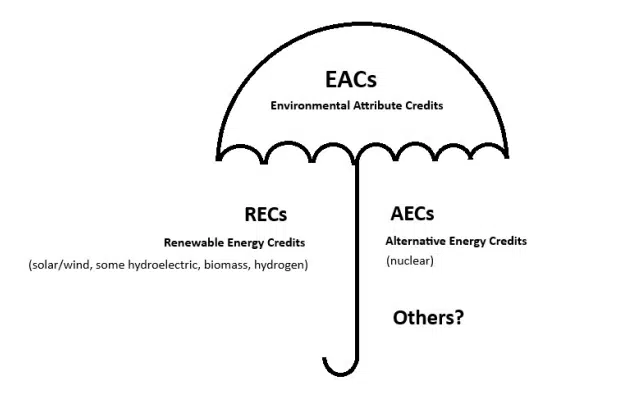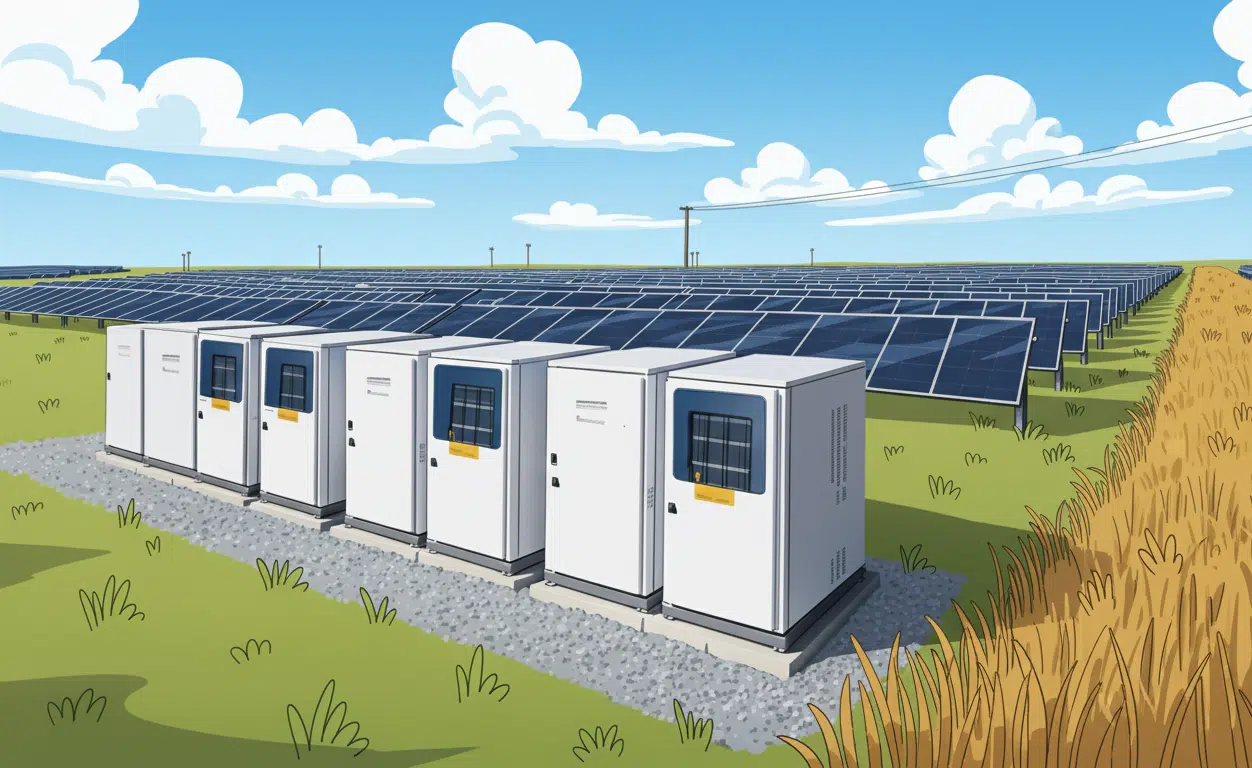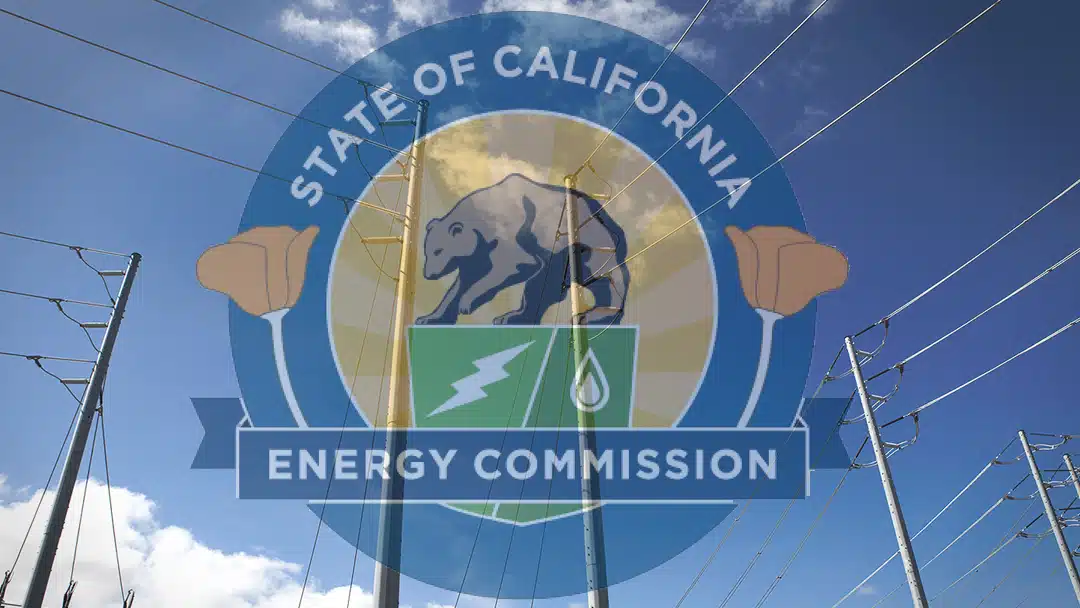Minnesota’s Climate Miss

How Implementation Details Mean a “100% Carbon-Free” Law Will Result in Something Far Less Ambitious
This summer, the Minnesota Public Utilities Commission (PUC) decided to reject a number of implementation proposals for the state’s 100% carbon-free standard. As a result, this policy will be less effective, confuse the public as to what a “100% carbon-free” policy means, drive fewer clean energy jobs and investments to Minnesota, and open the door for critics of the clean energy transition to highlight legitimate inadequacies in weaker versions of these policies. When taxpayers are asked to support policies with their vote and their wallets, that policy should deliver what it promises.
A couple of years ago, Minnesota passed a 100% carbon-free electricity standard. That legislation requires Minnesota utilities to generate or procure enough electricity to ensure that 100% of their delivered electricity is carbon-free by 2040.
Minnesota’s PUC is responsible for the implementation of this law. This year, the PUC has been engaging with stakeholders for input on important questions. Read EnergyTag’s last blog on this topic to get the full background on what is in the bill, but for the quick recap:
- Minnesota’s own Department of Commerce initially recommended that the PUC implement hourly matching and deliverability requirements for the standard, in line with leading academic research and aligned with the latest in clean electricity usage standards like the federal clean hydrogen tax credit rules (45V).
- A number of stakeholders, including the Sierra Club, Minnesota Center for Environmental Advocacy, Fresh Energy, Google, Carbon Solutions Group, and EnergyTag, supported this general direction of implementation in their public comments.
- Princeton University ZERO Lab submitted research and analysis showing that the Department’s proposal was both feasible and more impactful than implementation without the guardrails of hourly matching and deliverable market boundaries.
Across the Board, a Miss on Ambitious Implementation
On September 16, 2025, the Minnesota PUC put out their decision on a number of implementation considerations. Here are some of the highlights on where the PUC came down on key points:
- Rejected the idea of any hourly and market delivery requirements.
- Rejected the requirement to model hourly matching in utility resource planning.
- Rejected the requirement to use Energy Attribute Certificates (EACs) as the program’s sole accounting instrument, instead making this optional for market purchases and potentially the program as a whole1.
- Rejected a proposal to reduce the shelf-life for EACs, allowing for EACs to be used for compliance up to 4 years after production of the electricity and up to 6 years if projects are built in time to qualify for the Inflation Reduction Act tax incentives.
These Decisions Affect the Integrity of This Policy
These decisions generally add up to the implementation of the policy that will likely result in status quo operations:
1. Hourly matching and deliverability are not adopted.
Without hourly and market deliverability matching, utilities will be able to procure any carbon-free electricity at any time, from anywhere, and count it towards compliance with the law. That means Minnesota utility customers will be told by their supplier that their electricity is covered by 100% carbon-free generation and purchases, and yet that could mean, in actuality, that Texas solar is being used to cover up the fact that gas plants continue to power homes in Minnesota.
If hourly and market matching were required for this policy, Minnesota utilities would need to procure clean electricity from within a grid that can reasonably deliver power to their customers and from resources that supply clean electricity when their customers are using electricity. This means deployment of more local renewables, storage assets to shift renewables to times when clean electricity is less abundant, and investment in key technologies to offer clean firm electricity within the state of Minnesota.
None of these actions are incentivized under the current implementation decision.
2. Integrated Resource Planning will not require hourly scenarios.
In their comments, Google recommended requiring utilities to include analyses of different degrees of hourly clean energy matching in their Integrated Resource Plans (IRPs). This is where utilities present options for future procurement plans and seek to better understand how resource planning will look going forward. Including hourly matching scenarios in these plans would give utilities and regulators valuable insights into what types of resources, what distribution resources, and what costs will be likely as the grid continues to move towards clean power around the clock — the stated goal of a 100% carbon-free standard. Omitting these analyses removes valuable information that could have been used to ensure Minnesota meets its clean energy targets while also pursuing the lowest-cost resource mix.
The PUC decided against this requirement in this docket.
3. Retiring EACs seems optional for compliance.
EACs are often used as the basis for exclusive claims to one unit of clean electricity because they represent a contractual instrument unique and singular to a given volume of generation. For clarity, the Minnesota PUC offers this helpful visual for thinking about EACs as the umbrella term for a few different types of attributes, depending on the type of generation that created the certificate, which can include renewable attribute certificates and alternative energy certificates.

Source: MN PUC Staff.
The PUC decision does not make clear that EACs are the required instrument to demonstrate compliance. Without that clarity, the door is open to double-counting of clean energy under this program. For example, a Minnesota utility could claim compliance with this law by pointing to carbon-free electricity produced or procured using generation data, but the attribute associated with that electricity could be sold elsewhere, in- or out-of-state, and claimed again — even by another obligated utility in Minnesota. The result will be that the CFS program allows for more carbon-free electricity to be claimed than exists in reality. This has huge trust ramifications and completely undermines the impactfulness of the policy.
The PUC staff has declared that “The Commission is not required to do anything to mitigate double-claiming.” In so doing, the PUC has introduced the option for utilities to utilize conflicting accounting methods for the same program. This will only serve to undermine credibility by enshrining inaccurate accounting.
4. A 4-year EAC shelf life continues.
Under previous Minnesota legislation, certificates could be used for compliance with climate policies in the year in which the certificate was generated or in any of the following four years. Many commenters suggested this shelf life was too long to have the desired impact of the ambitious 100% carbon-free standard. In an hourly matching scenario, certificates could only be applied to the hour in which they are generated. However, commenters noted that even if the PUC decided against hourly matching (as they did), the 4-year shelf life was still no longer appropriate. For a continuously decarbonizing grid system and an increasingly ambitious policy environment, commenters argued that certificates generated today should not be able to be retired in 2029 and count towards utility compliance for 100% carbon-free purchases that year. Frankly, the urgency of decarbonizing our power sector is far too pressing to allow for such excessive flexibilities.
The PUC decided to keep the shelf life of certificates at four years.
What Comes Next
Carbon Solutions Group recently petitioned the PUC to reconsider a few elements of the order. Specifically, they are concerned with the lack of clarity around the sole use of certificates as a credible energy accounting instrument for compliance with the law. The PUC has scheduled a meeting for Thursday, November 20, to respond to CSG’s petition. The PUC rarely reverses course in response to petitions for reconsideration, so it is unlikely that the PUC’s order will be amended.
Advocates, stakeholders, and voters in Minnesota should consider how this landmark policy will look in practice, given the implementation decisions described. In future legislative sessions, there may be opportunities to propose changes and amendments to ensure this “100% Carbon-Free Standard” law can finally be what it claims to be and drive true, deep decarbonization in Minnesota. Doing so would reaffirm the state’s national environmental leadership; failing to do so will be a huge missed opportunity.




